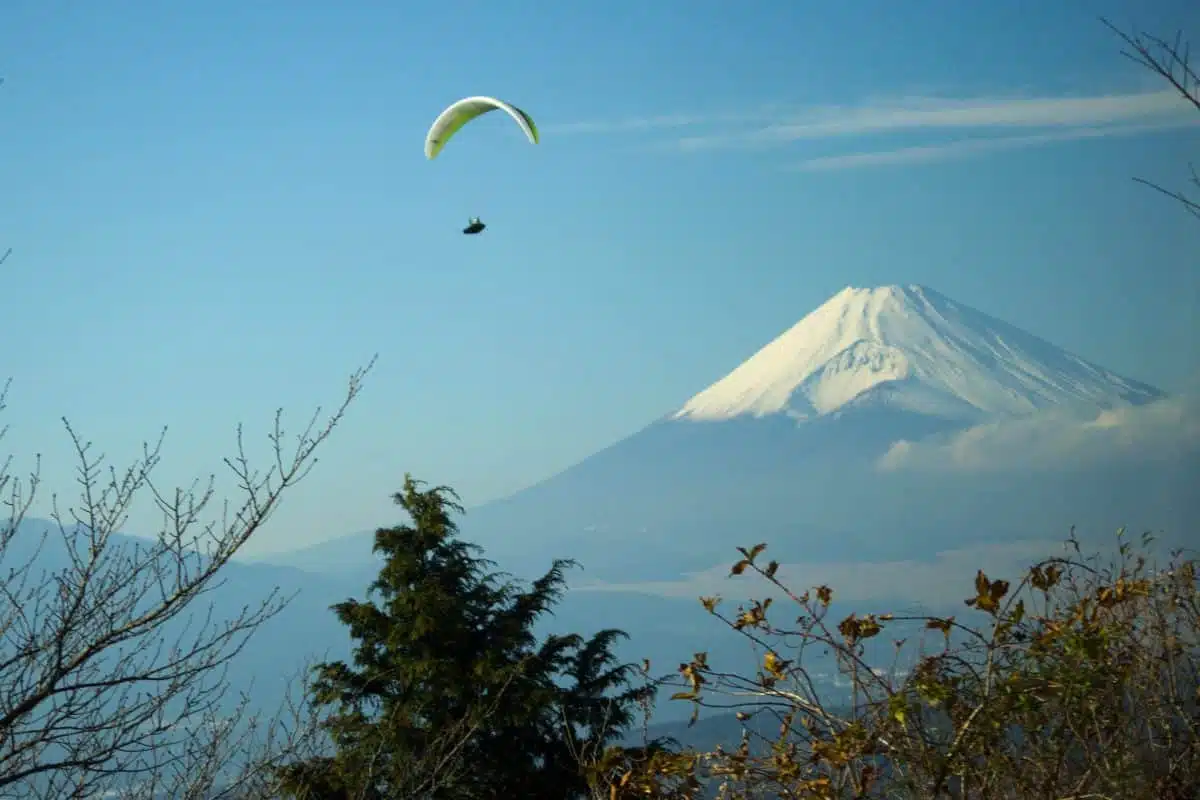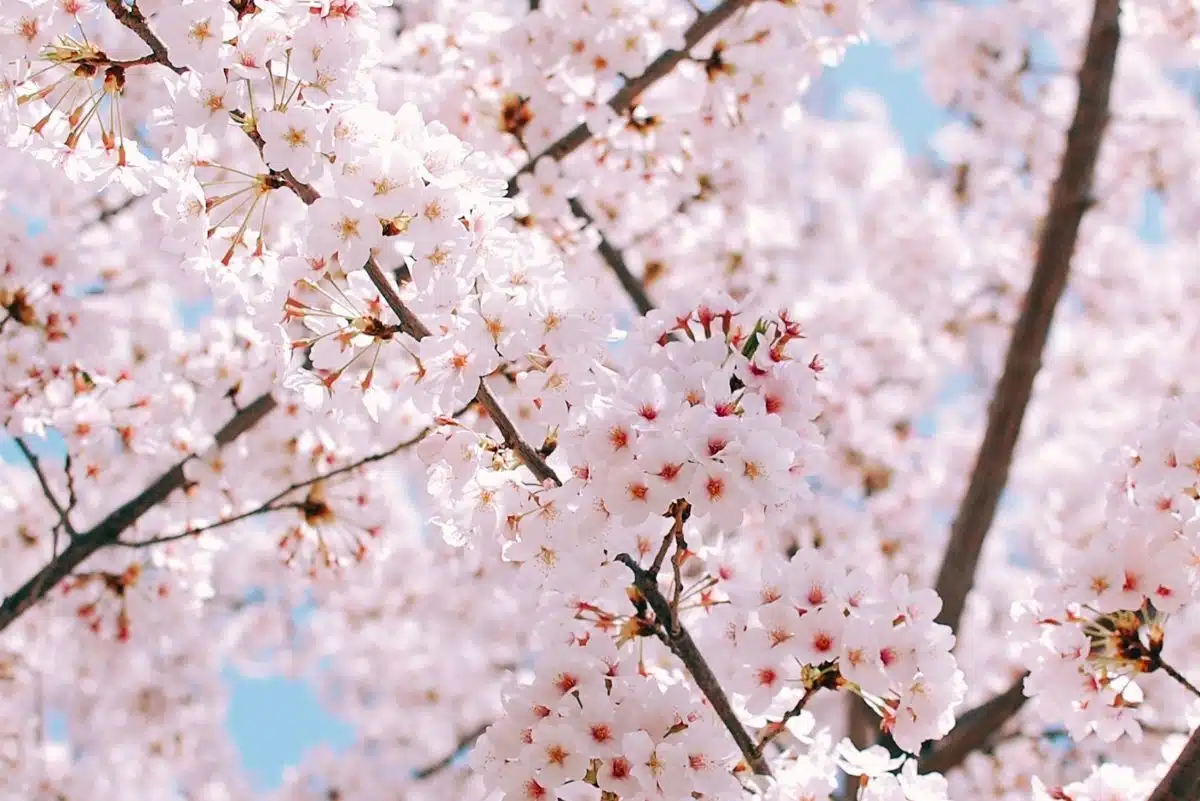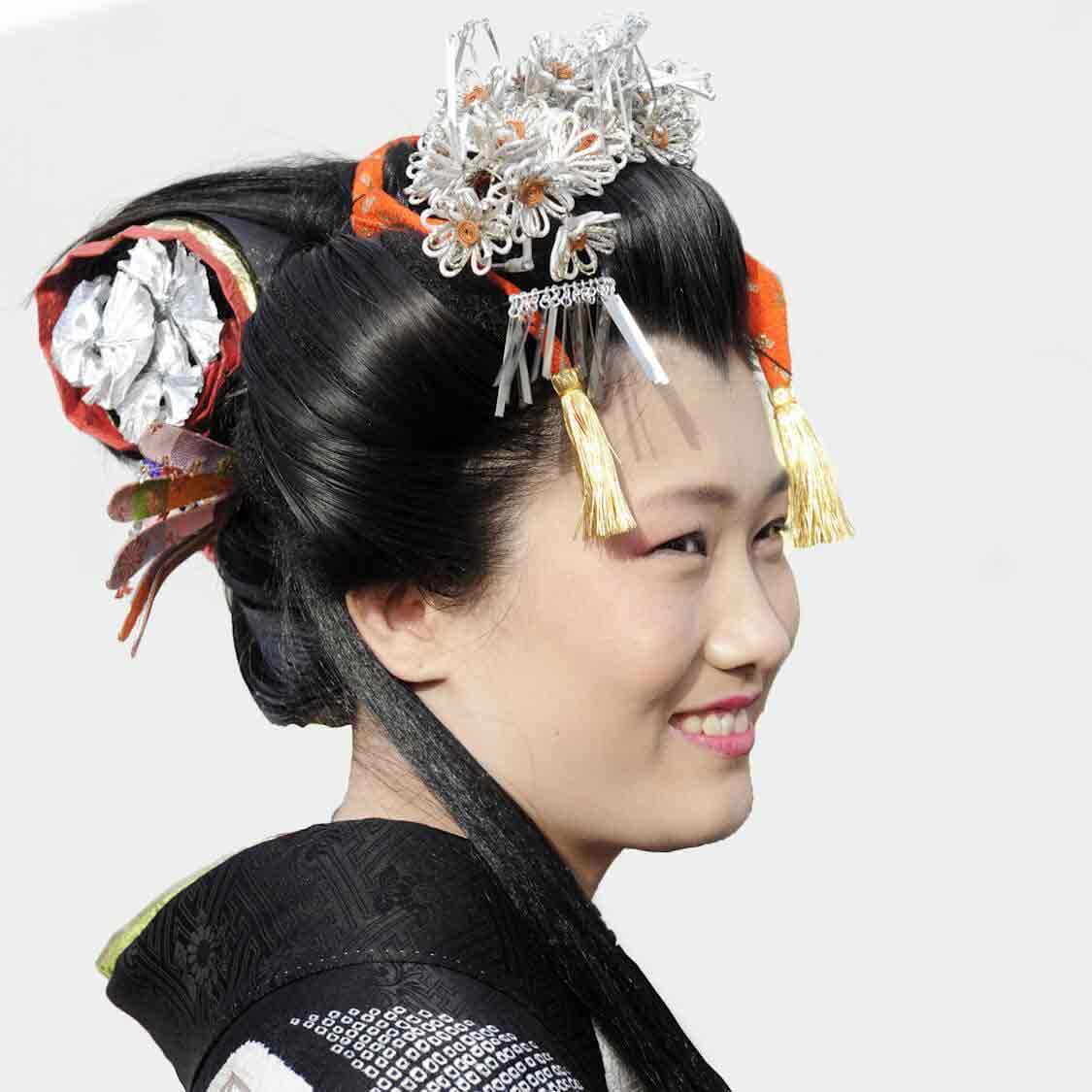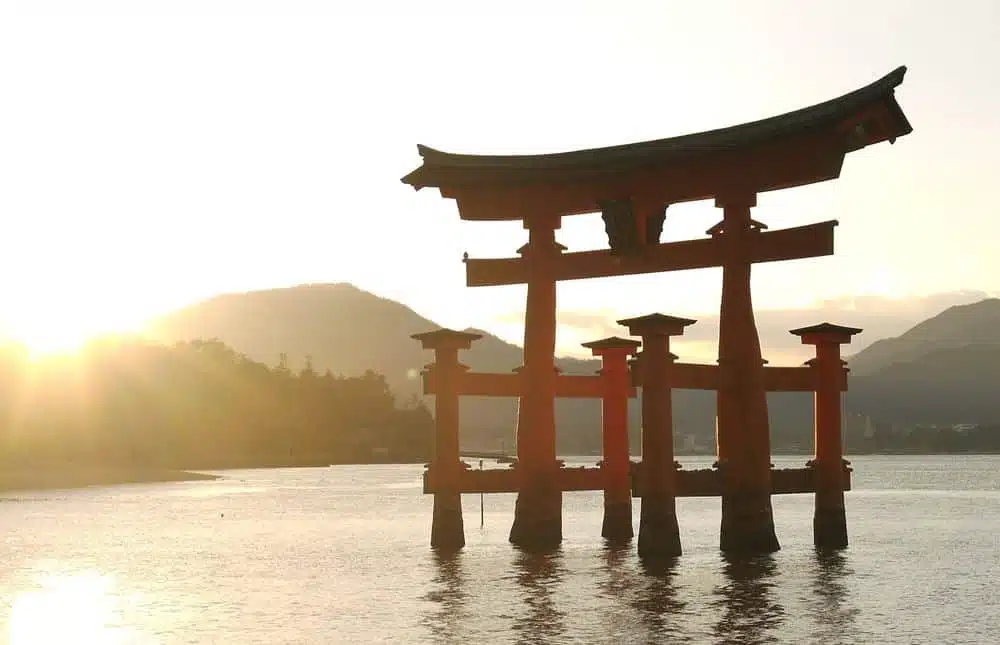An attractive archipelago, no matter the season
You just have to say its nickname – the “Land of the Rising Sun” – to understand Japan’s very particular location. With its very varied climate, the archipelago is in tune with four very distinctive seasons enabling the cultural heritage to be appreciated in different guises. Escales gives you a little seasonal overview of Japanese delights!
Set off to Japan in winter for…
… its snow-covered landscapes and tranquillity

In northern Japan, winter can be long (from November to April) and harsh due to the winds from East Siberia. It’s an opportunity to discover certain regions under a thick blanket of snow. However, the season generally isn’t so bad in the rest of the archipelago with temperatures ranging from 0°C to 15°C. If needed, you just have to take a dip in one of the country’s 27,000 natural hot springs to get warm. The onsen, supplied by water from volcanic activity, are veritable institutions throughout Japan. It should be noted that winter is also a very calm period for tourists: so much so that you can visit the most famous neighbourhoods of Tokyo and Kyoto in complete tranquillity.
Set off to Japan in spring for…
… its mild climate and flower-filled gardens

This is the most sought-after period for tourists, and here’s why: it’s the season for sakura, the cherry trees which blossom across the whole country from the beginning of April! You really have to wait for the beginning of May to make the most of the milder temperatures in the north, while from Tokyo to Osaka, including Hiroshima, the thermometer already reads 25°C on average. During this period, locals get together with their families in the parks to celebrate hanami, the appreciation of the white and pink cherry blossom. Located one hour from the capital, the famous Kawachi Fuji botanical gardens are one of the most popular destinations.
Set off to Japan in summer for…
… its hot weather and festivals

June is probably the most difficult month to deal with due to the heavy rains which pelt down on the islands. This period is called tsuyu which means “plum rain”. The rest of the summer is hot and humid and many matsuri are organised. There are a lot of these traditional festivals: Awa-Odori is the major dance festival in Tokushima (Shikoku island), Nebuta Matsuri in Aomori (northern Japan) and Gion Matsuri in Kyoto with its famous float parade! Finally, setting off in summer means you can enjoy a few unprecedented and refreshing dishes based on shaved ice, watermelons and cold noodles.
Set off to Japan in autumn for…
… its Indian summer and unique colours

After the spring sakura, make way for the autumn momiji! The very mild temperatures in October and November allow visitors to appreciate the red maple leaves which bring a dash of colour to temples, gardens and other green spaces in the country. This period remains fairly free of tourists and it’s the ideal time to discover the archipelago’s authentic locations such as Yakushima island and its forests of thousand-year-old cedars or the sacred island of Miyajima (in Hiroshima bay) which is home to the famous Itsukushima shrine.
Winter, spring, summer, autumn: Japan’s cultural and natural heritage is attractive no matter the season!

PONANT takes you there
Discover the culture and ancestral heritage of Japan during a PONANT cruise.



